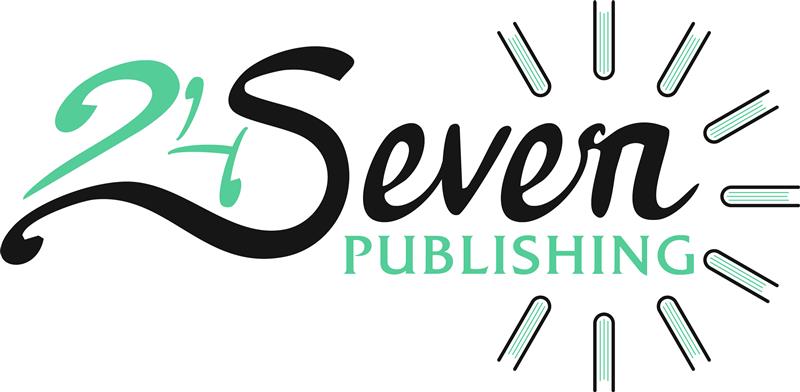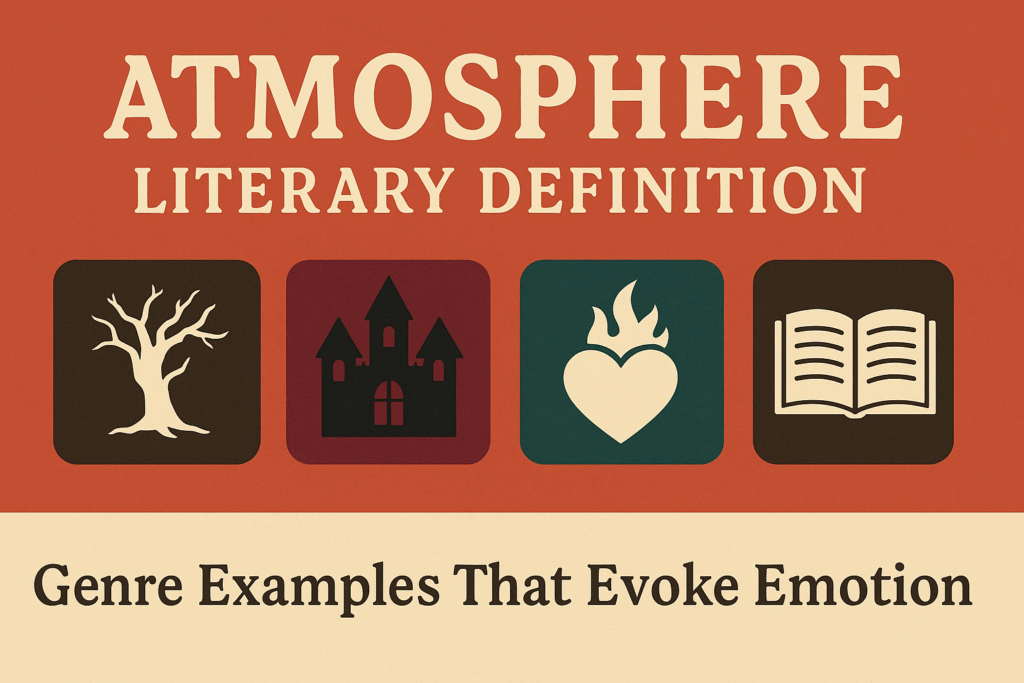In literature, “atmosphere” is more than just setting or weather. It’s the emotional tone—the mood—that envelops the reader and defines how they feel as the story unfolds. Creating atmosphere is a subtle but essential element of storytelling, and it plays a vital role across every genre, from horror and romance to historical fiction and dystopian thrillers.
At 24 Seven Publishing, where we offer comprehensive creative writing services and support for authors of all levels, we know how critical it is to understand and craft an atmosphere with intention. Whether you’re a first-time novelist or collaborating with professional ghostwriters, mastering the literary atmosphere can be the secret to writing stories that linger.
Let’s explore the literary definition of atmosphere, its impact on storytelling, and examples of how various genres use it to stir emotion and deepen engagement.
What Is Atmosphere in Literature?
Atmosphere refers to the dominant mood or emotional feeling that pervades a literary work. It’s created through a combination of setting, description, dialogue, and tone. While closely related to tone and mood, the atmosphere is more sensory, often painting the emotional backdrop against which a story’s events take place.
Think of the atmosphere as the emotional temperature of a scene or story. It’s what makes a foggy alley feel eerie or a sunny meadow feel serene. Authors use it to manipulate the reader’s emotions, control tension, and enhance immersion.
How Is Atmosphere Created?
Creating an atmosphere requires attention to several narrative tools:
-
Setting
Your setting is the foundational tool. The physical environment—weather, time of day, temperature, lighting—creates immediate emotional responses.
Example: A crumbling mansion with rain tapping the windows instantly suggests gothic horror or mystery.
-
Word Choice
Descriptive language fuels the atmosphere. Harsh, jarring adjectives and verbs can induce discomfort; soft, warm diction evokes calm or romance.
-
Sensory Details
Engage the five senses. Let the reader hear the whistle of the wind, feel the crackle of dry leaves, or smell smoke on the horizon.
-
Dialogue and Action
Even how characters speak and move affects the mood. Short, clipped dialogue builds suspense; slow, meandering interactions suggest peace or indecision.
Atmosphere vs. Mood vs. Tone
While often used interchangeably, these terms have distinct functions:
- Atmosphere: An emotional environment is created for the reader.
- Mood: The reader’s emotional reaction to the atmosphere.
- Tone: The author’s attitude or approach toward the subject.
All three work in harmony, but the atmosphere is what wraps your story in emotion like fog settling over a battlefield.
Genre-Specific Examples of Atmosphere
-
Horror: Unease and Dread
Horror fiction thrives on atmosphere. Consider Stephen King’s The Shining. The snowbound Overlook Hotel, with its haunted corridors and echoing silence, wraps the reader in unease.
- Atmospheric tools: Isolated settings, dim lighting, silence, sudden sounds
- Goal: Build tension and fear
If you’re writing in this genre, consider fiction editing services to ensure your suspense techniques are effective without being overused.
-
Romance: Warmth and Intimacy
Romance stories benefit from cozy, tender atmospheres that enhance emotional connection.
- Atmospheric tools: Candlelit dinners, gentle music, soft rain
- Goal: Spark emotional resonance, longing, and comfort
-
Fantasy: Wonder and Imagination
In fantasy, the atmosphere supports worldbuilding. J.K. Rowling’s Harry Potter evokes both danger and wonder, from the bustling Diagon Alley to the mysterious Forbidden Forest.
- Atmospheric tools: Mythical creatures, magical weather, rich sensory landscapes
- Goal: Inspire awe and curiosity
-
Dystopian: Despair and Oppression
Dystopian literature uses bleak atmospheres to reflect societal breakdown or authoritarian control.
- Atmospheric tools: Gray skylines, surveillance systems, desolate cities
- Goal: Evoke discomfort, urgency, and resistance
Our literary editing services help authors sharpen these elements to deliver an immersive, genre-appropriate mood.
Why Atmosphere Matters in Storytelling
-
Drives Reader Emotion
Atmosphere ensures your reader doesn’t just read the story—they feel it. That emotional engagement makes characters memorable and plots impactful.
-
Sets Expectations
The atmosphere tells readers what type of story they’re entering. Is it suspenseful? Romantic? Melancholic? The first few paragraphs should deliver this emotional roadmap.
-
Enhances Thematic Depth
A strong atmosphere can reflect a story’s core theme. For instance, a decaying urban environment might symbolize a character’s internal collapse.
Crafting Atmosphere: Pro Tips from the Pros
-
Use Weather Wisely
Weather is one of the easiest and most powerful mood tools. Storms, sunshine, fog, and snow all evoke specific feelings.
-
Be Intentional with Light and Color
Lighting affects perception. Harsh fluorescent lights suggest discomfort; warm candlelight feels intimate.
-
Let Characters React
Your setting shouldn’t exist in isolation. Characters should interact with the atmosphere. Let them shiver in the cold or sigh at a beautiful sunrise.
-
Revisit the Atmosphere Throughout
Update your atmospheric cues as the plot progresses. Shift from calm to chaos as tension builds or from dark to light to show hope.
Need help refining your prose? Our book content editing team can elevate your descriptions for optimal emotional impact.
How 24 Seven Publishing Supports Your Craft
Whether you’re outlining your first novel or refining your final draft, we offer:
- Creative writing services: Collaborate with experts to shape your story’s core.
- Ghostwriting for fiction: Turn your vision into a professionally written manuscript.
- Fiction editing services: Ensure your tone, pacing, and mood hit the right notes.
- Literary editing services: Perfect for authors seeking a deeper editorial touch with narrative coherence and thematic focus.
- Book synopsis writing: Pitch your story with emotional clarity and professionalism.
- Book blurb writing: Entice readers with a compelling back cover copy.
- Editorial assessment: Get actionable insights into what’s working—and what isn’t.
- Writing coaching services: One-on-one mentorship to develop your skills and style.
Final Thoughts: Emotion Is the Anchor of Great Fiction
Atmosphere isn’t just a background element—it’s the invisible force that holds your story together. It deepens character development, reinforces themes, and keeps readers turning the page.
At 24 Seven Publishing, we believe every story deserves to be felt, not just read. That’s why our editorial and writing services go beyond structure and grammar—we help you sculpt the emotion beneath the words.
Whether you’re refining a haunting horror novel or adding heart to your historical fiction, let atmosphere be your secret weapon—and let us help you wield it like a pro.

